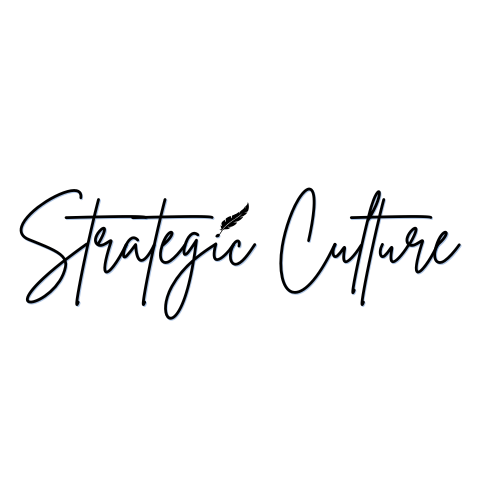Defining Your Target Market as an Artist: A Guide to Reaching the Right Audience
When you’re an artist—whether you’re a musician, visual artist, or performer—the concept of target market (or mercado meta in Spanish) is essential. It’s the group of people you want to connect with, influence, and ultimately, convert into fans, listeners, or supporters.
While the dream is for everyone to hear your music or see your work, strategically defining your target market is a crucial step in building a successful brand and an engaged fanbase. In fact, understanding your target market is not just a marketing tactic; it’s an approach that touches every aspect of your career. Whether you’re crafting your brand, promoting an album, or booking a tour, knowing who you’re creating for—and where to find them—is key to driving your career forward.
What is a Target Market?
Your target market is essentially a specific group of people who are most likely to connect with your art, support your career, and engage with your brand. In the music industry, this group is defined by several characteristics that allow you to understand your audience’s needs, preferences, and behaviors.
As an artist, you want to get a deep understanding of who your audience is so that you can create content, craft messaging, and deploy strategies that resonate with them. The more specific you are about your target market, the more effective your marketing and outreach efforts will be.
Why is Defining Your Target Market Important?
- Increased Engagement: By speaking directly to the right people, your music and content become more relevant and engaging.
- Better Marketing ROI: You’ll be spending less time and money on campaigns that miss the mark, and more on strategies that connect.
- Stronger Branding: Understanding your audience’s values, preferences, and style helps you build a cohesive and authentic brand that resonates.
- Focus and Clarity: It allows you to focus your efforts in the right places—whether that’s social media platforms, live performances, or advertising.
Characteristics of Your Target Market
To define your target market as an artist, consider these basic characteristics that will help you understand who your audience is:
- Age: What age group do you want to target? Are your songs appealing to teenagers, young adults, or more mature listeners?
- Gender: Is your music particularly appealing to a specific gender, or is it more gender-neutral?
- Occupation: What jobs or careers do your fans have? Are they students, professionals, creatives, etc.?
- Generation: Are you focusing on Millennials, Gen Z, or perhaps a mix of generations? Each generation has its own distinct characteristics and preferences.
- Geography: Where do your ideal listeners live? Are they local, national, or international? Do you want to appeal to an urban or rural audience?
- Income Level: How much money does your audience make? How do they spend it? This can help guide pricing for concert tickets, merchandise, and other products.
- Hobbies and Interests: What do they do in their free time? What are their passions? Music often intersects with hobbies like sports, fashion, art, or gaming.
- Technology: What kind of devices do they use? Are they more likely to listen on Spotify, YouTube, or social media platforms?
Dive Deeper: Go Beyond the Basics
Once you understand these basic characteristics, you can dig deeper to uncover the nuances of your audience:
- Values: What do they believe in? Are they driven by social causes or motivated by entertainment and escapism?
- Beliefs: Do they hold certain cultural or societal beliefs that influence their taste in music?
- Vision of the Future: Are they forward-thinking, nostalgic, or focused on personal growth?
- Style and Aesthetic: How do they dress? What is their personal style? This can help you shape your brand and image.
- Shopping Habits: Where do they shop? Are they interested in sustainable fashion, high-end brands, or indie boutiques?
- Social Interactions: How do they interact with others? Are they introverted and reflective, or extroverted and social?
By asking these deeper questions, you’ll get a clearer sense of your audience’s lifestyle and mindset, which will help you tailor your music, content, and marketing strategy to meet their needs.
How to Define Your Target Market
1. Look at Your Existing Fans
If you already have an online presence (social media, streaming platforms, etc.), start by looking at the analyticsprovided by these platforms. Most platforms like Instagram, Facebook, and Spotify provide detailed demographic insights into your current audience. This will help you understand:
- Who is already engaging with your content.
- The age, gender, location, and interests of your followers.
- Their listening habits (what songs they like, when they engage with your posts).
If you already have an active fanbase, this is a great place to start. Understanding your existing audience will help you refine your strategies and attract even more of the same type of listener.
2. Research Your Desired Audience
If you’re entering a new market or want to grow beyond your current reach, look at the type of fans you’d like to attract. Research other artists or bands with a similar sound, genre, or style. Where are their followers located? What kind of people are they? You can also look into fan forums, social media groups, or surveys to gather insights into what drives your ideal audience.
3. Create Your Ideal Listener Profile
Once you have gathered all of this information, create a detailed profile of your ideal listener or fan. This profile should include demographic details (age, gender, location) as well as psychographic information (values, hobbies, beliefs). Ask yourself questions like:
- What kind of music do they listen to besides mine?
- Where do they hang out online?
- What kind of content do they share on social media?
- What brands do they support?
4. Refine Your Brand and Strategy
Once you have a clear understanding of your target market, it’s time to refine your branding and content strategy. Craft messaging and promotional campaigns that speak directly to your ideal fan’s tastes, needs, and lifestyle. You can also choose the platforms that best reach your audience—whether that’s Instagram, TikTok, or YouTube—and tailor your content accordingly.
Final Thoughts
Defining your target market as an artist is a crucial first step in building a sustainable and successful career. While the idea of “wanting everyone to listen to your music” is understandable, focusing on a specific group of people will help you create more effective marketing strategies, build stronger relationships with your fans, and grow your presence in the industry.
So, take the time to dig deep into who your audience is, where they hang out, and what drives them. With this knowledge, you’ll be in a much better position to craft meaningful connections and create content that resonates.
Remember: knowing your target market isn’t just about who they are—it’s about how and where to find them and how to reach them with content they’ll love.

Till next time, take care and keep shining! 👋🏽✌🏽🐝✨



Leave a Reply